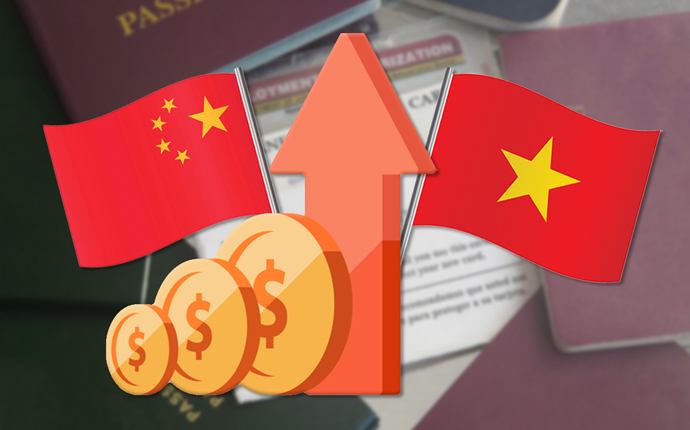Trending
With Chinese investment drying up, EB-5 debt isn’t nearly as cheap
Investors from India, Vietnam, and elsewhere demand much higher returns

UPDATED, June 5, 1:52 p.m. EDT: EB-5’s go-go days are a thing of the past, and now developers are searching for —but rarely finding — cheap debt through the federal visa program.
Chinese investors who had accepted near-zero returns in order to secure a green card through EB-5 have pulled back, leaving developers without an alternative form of financing, according to the Wall Street Journal.
Investors from other countries including India and Vietnam now make up a larger pool of EB-5 investors but they demand higher returns for their investments.
The EB-5 program allows foreign investors to obtain lawful permanent residence status in the U.S. if they invest at least $500,000 in a job-creating development project in the U.S.
In years past, the largely Chinese pool of EB-5 investors accepted returns as low as 0.25 percent. The newer pool of investors want around 2 percent.
Even with investors from countries other than China, total EB-5 applications dropped dramatically last year. Between 2017 and 2018, new EB-5 visa applications dropped almost 50 percent to 6,424. Applications peaked in 2015 at around 14,373.
Indian investors now make up around a quarter of all EB-5 applications, while Vietnamese investors make up 20 percent of the investor pool, compared to just 1 percent four years ago.
Chinese investors still comprise 30 percent of applicants, but interest is waning in the program because of backlogs in obtaining visas through the program and a cap on visas available to Chinese investors. The current wait time for Chinese applicants to obtain a visa is now more than 16 years. In recent years, scores of lawsuits have been filed against “regional centers” that pool these investments and commit them to large projects. The suits have accused notable regional centers and developers of defrauding overseas investors. [WSJ] — Dennis Lynch
Correction: a previous version of this story incorrectly stated that newest pool of EB-5 investors seek 20 percent returns on their investments; investors commonly seek 2 percent returns on their investments.




